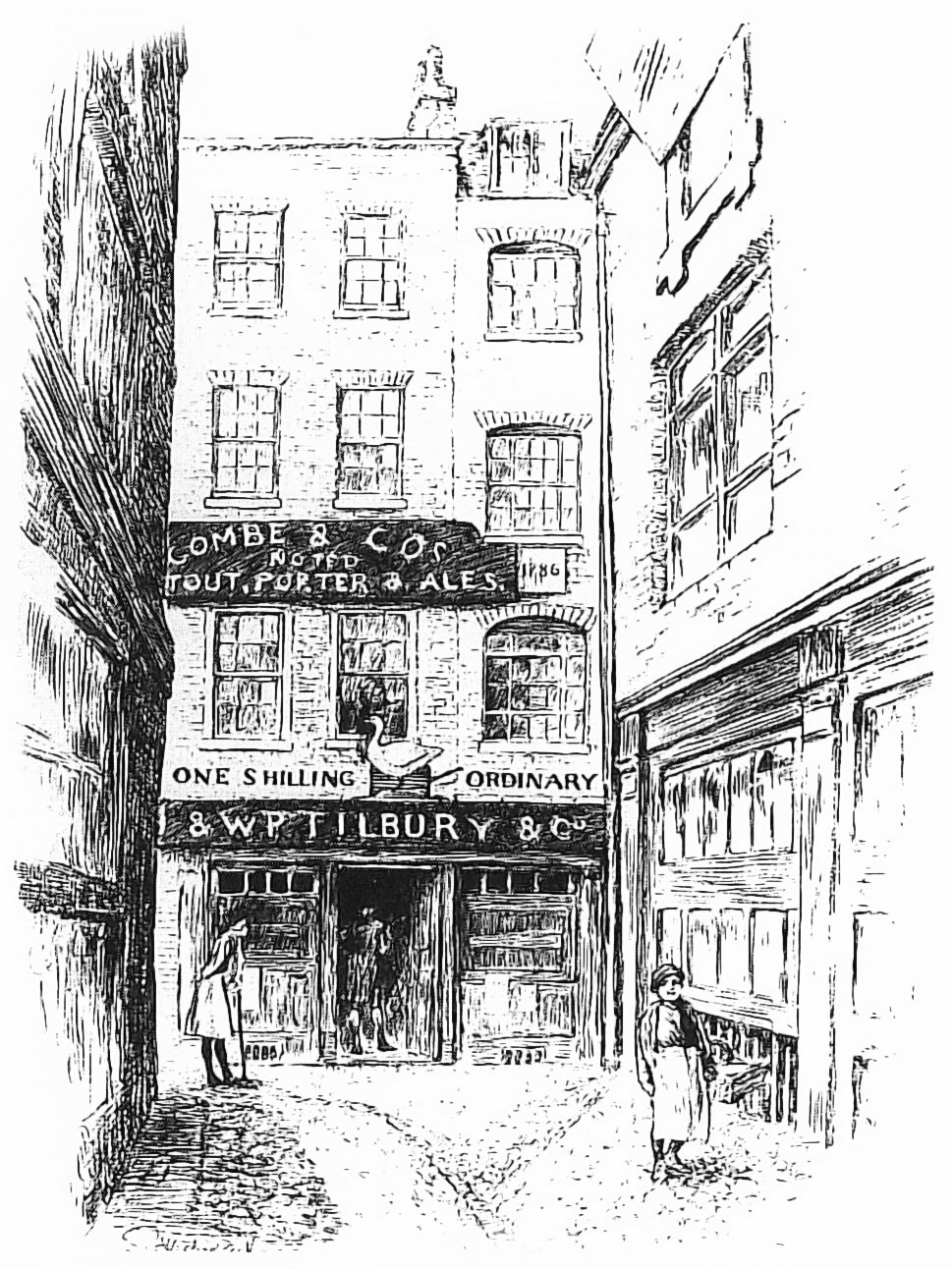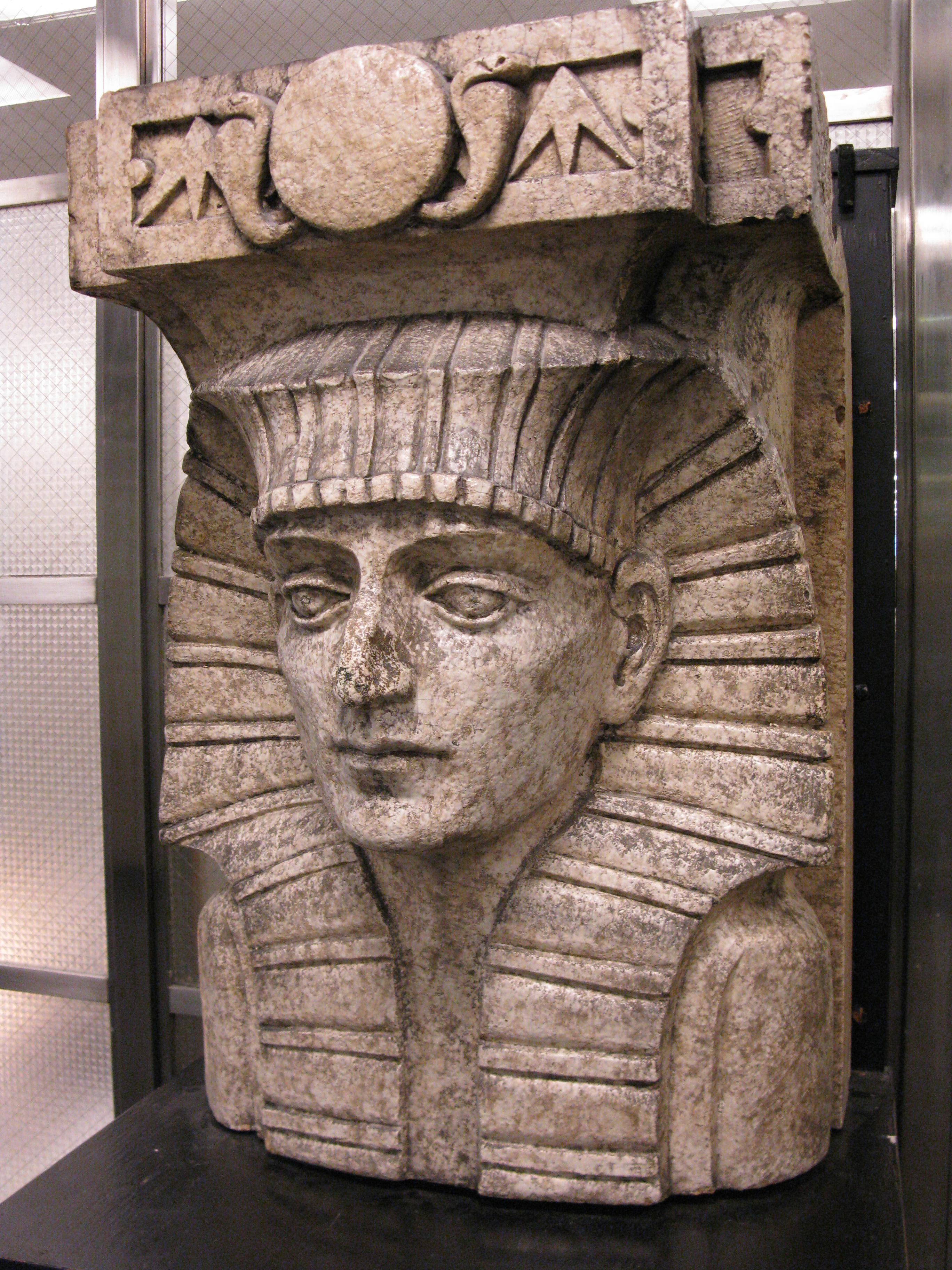|
Bascom B. Clarke House
The Bascom B. Clarke House in Madison, Wisconsin was built in 1899, designed in Queen Anne style with Gothic Revival details for Clarke, who founded the magazine ''American Thresherman''. In 1980 it was added to the National Register of Historic Places. History Bascom B. Clarke was born in Virginia in 1851. In 1857, his family headed west, where his father founded the town of Mount Adams on the White River in Arkansas. After the Civil War Bascom lived in Colfax, Indiana. With only a few weeks of formal education in his whole life, he became postmaster and published a newspaper. In 1873 he married M. Belle Watkins. Their beginnings were humble - Bascom later said that their first home in Indiana was "furnished with a borrowed table and a borrowed bedstead" - but he made a small fortune selling threshing machines. In 1890 Clarke moved to Madison, continuing in the threshing machine business. There he helped organize the Dane County Telephone Company with Robert La Follette an ... [...More Info...] [...Related Items...] OR: [Wikipedia] [Google] [Baidu] |
Madison, Wisconsin
Madison is the county seat of Dane County and the capital city of the U.S. state of Wisconsin. As of the 2020 census the population was 269,840, making it the second-largest city in Wisconsin by population, after Milwaukee, and the 80th-largest in the U.S. The city forms the core of the Madison Metropolitan Area which includes Dane County and neighboring Iowa, Green, and Columbia counties for a population of 680,796. Madison is named for American Founding Father and President James Madison. The city is located on the traditional land of the Ho-Chunk, and the Madison area is known as ''Dejope'', meaning "four lakes", or ''Taychopera'', meaning "land of the four lakes", in the Ho-Chunk language. Located on an isthmus and lands surrounding four lakes—Lake Mendota, Lake Monona, Lake Kegonsa and Lake Waubesa—the city is home to the University of Wisconsin–Madison, the Wisconsin State Capitol, the Overture Center for the Arts, and the Henry Vilas Zoo. Madison is ho ... [...More Info...] [...Related Items...] OR: [Wikipedia] [Google] [Baidu] |
Prairie Style
Prairie School is a late 19th- and early 20th-century architectural style, most common in the Midwestern United States. The style is usually marked by horizontal lines, flat or hip roof, hipped roofs with broad Overhang (architecture), overhanging eaves, windows grouped in horizontal bands, integration with the landscape, solid construction, craftsmanship, and discipline in the use of ornament. Horizontal lines were thought to evoke and relate to the wide, flat, treeless expanses of America's native prairie landscape. The Prairie School was an attempt at developing an indigenous North American style of architecture in sympathys with the ideals and design aesthetics of the Arts and Crafts Movement, with which it shared an embrace of handcrafting and craftsman guilds as an antidote to the dehumanizing effects of mass production. History The Prairie School developed in sympathy with the ideals and design aesthetics of the Arts and Crafts Movement begun in the late 19th cent ... [...More Info...] [...Related Items...] OR: [Wikipedia] [Google] [Baidu] |
Houses In Madison, Wisconsin
A house is a single-unit residential building. It may range in complexity from a rudimentary hut to a complex structure of wood, masonry, concrete or other material, outfitted with plumbing, electrical, and heating, ventilation, and air conditioning systems.Schoenauer, Norbert (2000). ''6,000 Years of Housing'' (rev. ed.) (New York: W.W. Norton & Company). Houses use a range of different roofing systems to keep precipitation such as rain from getting into the dwelling space. Houses may have doors or locks to secure the dwelling space and protect its inhabitants and contents from burglars or other trespassers. Most conventional modern houses in Western cultures will contain one or more bedrooms and bathrooms, a kitchen or cooking area, and a living room. A house may have a separate dining room, or the eating area may be integrated into another room. Some large houses in North America have a recreation room. In traditional agriculture-oriented societies, domestic animals such as c ... [...More Info...] [...Related Items...] OR: [Wikipedia] [Google] [Baidu] |
National Register Of Historic Places In Madison, Wisconsin
This is a list of the National Register of Historic Places listings in Madison, Wisconsin. This is intended to be a complete list of the properties and districts on the National Register of Historic Places in Madison, Wisconsin, United States. Latitude and longitude coordinates are provided for many National Register properties and districts; these locations may be seen together in an online map. There are 255 properties and districts listed on the National Register in Dane County, including 11 National Historic Landmarks. The city of Madison is the location of 154 of these properties and districts, including 8 of the National Historic Landmarks; they are listed here, while the remaining properties and districts are listed separately. Current listings See also * List of National Historic Landmarks in Wisconsin * Natio ... [...More Info...] [...Related Items...] OR: [Wikipedia] [Google] [Baidu] |
Houses On The National Register Of Historic Places In Wisconsin
A house is a single-unit residential building. It may range in complexity from a rudimentary hut to a complex structure of wood, masonry, concrete or other material, outfitted with plumbing, electrical, and heating, ventilation, and air conditioning systems.Schoenauer, Norbert (2000). ''6,000 Years of Housing'' (rev. ed.) (New York: W.W. Norton & Company). Houses use a range of different roofing systems to keep precipitation such as rain from getting into the dwelling space. Houses may have doors or locks to secure the dwelling space and protect its inhabitants and contents from burglars or other trespassers. Most conventional modern houses in Western cultures will contain one or more bedrooms and bathrooms, a kitchen or cooking area, and a living room. A house may have a separate dining room, or the eating area may be integrated into another room. Some large houses in North America have a recreation room. In traditional agriculture-oriented societies, domestic animals such as ... [...More Info...] [...Related Items...] OR: [Wikipedia] [Google] [Baidu] |
Orton Park Historic District
The Orton Park Historic District is a residential historic district on the near east side of Madison, Wisconsin. The district is centered on Orton Park, the first public park in Madison, and includes 56 houses facing or near to the park. The first houses in the area were built in the 1850s during a local housing boom; however, after the Panic of 1857 ended the boom, development in the area halted. When Orton Park was developed out of a former cemetery in the 1880s, more houses were built near the park; construction in the district continued through the 1950s. Many houses in the district were designed in the Queen Anne, Prairie School, and Craftsman styles, and local architects Claude and Starck designed at least seven houses in the district. The district also includes examples of Greek Revival, Italianate, and Colonial Revival architecture. With The district was added to the National Register of Historic Places on October 31, 1988. Three houses in the district, the Bascom B. ... [...More Info...] [...Related Items...] OR: [Wikipedia] [Google] [Baidu] |
Masonic Temple
A Masonic Temple or Masonic Hall is, within Freemasonry, the room or edifice where a Masonic Lodge meets. Masonic Temple may also refer to an abstract spiritual goal and the conceptual ritualistic space of a meeting. Development and history In the early years of Freemasonry, from the 17th through the 18th centuries, it was most common for Masonic Lodges to form their Masonic Temples either in private homes or in the private rooms of public taverns or halls which could be regularly rented out for Masonic purposes. This was less than ideal, however; meeting in public spaces required the transportation, set-up and dismantling of increasingly elaborate paraphernalia every time the lodge met. Lodges began to look for permanent facilities, dedicated purely to Masonic use. First Temples The first Masonic Hall was built in 1765 in Marseille, France. A decade later in May, 1775, the cornerstone of what would come to be known as Freemasons' Hall, London, was laid in solemn ceremonial ... [...More Info...] [...Related Items...] OR: [Wikipedia] [Google] [Baidu] |
Gothic Revival
Gothic Revival (also referred to as Victorian Gothic, neo-Gothic, or Gothick) is an architectural movement that began in the late 1740s in England. The movement gained momentum and expanded in the first half of the 19th century, as increasingly serious and learned admirers of the neo-Gothic styles sought to revive medieval Gothic architecture, intending to complement or even supersede the neoclassical styles prevalent at the time. Gothic Revival draws upon features of medieval examples, including decorative patterns, finials, lancet windows, and hood moulds. By the middle of the 19th century, Gothic had become the preeminent architectural style in the Western world, only to fall out of fashion in the 1880s and early 1890s. The Gothic Revival movement's roots are intertwined with philosophical movements associated with Catholicism and a re-awakening of high church or Anglo-Catholic belief concerned by the growth of religious nonconformism. Ultimately, the "Anglo-Catholicism" t ... [...More Info...] [...Related Items...] OR: [Wikipedia] [Google] [Baidu] |
Lancet Window
A lancet window is a tall, narrow window with a pointed arch at its top. It acquired the "lancet" name from its resemblance to a lance. Instances of this architectural element are typical of Gothic church edifices of the earliest period. Lancet windows may occur singly, or paired under a single moulding, or grouped in an odd number with the tallest window at the centre. The lancet window first appeared in the early French Gothic period (c. 1140–1200), and later in the English period of Gothic architecture (1200–1275). So common was the lancet window feature that this era is sometimes known as the "Lancet Period". Retrieved 24 October 2006 The term ''lancet window'' is properly applied to windows of austere form, without |
Claude & Starck
Claude and Starck was an architectural firm in Madison, Wisconsin, at the turn of the twentieth century. The firm was a partnership of Louis W. Claude (1868-1951) and Edward F. Starck (1868-1947). Established in 1896, the firm dissolved in 1928. The firm designed over 175 buildings in Madison. Madison buildings * Alpha Phi Chapter House Association Sorority House (1905) bluelines * Alpha Tau Omega Chapter House "Gamma Tau of Alpha Omega" * American Tobacco Company Warehouses Complex (1901, the west building, on the National Register of Historic Places since 2003) * Breese Stevens Field (1925-26) * Castle & Doyle storefront, State Street * Bascom B. Clarke House (1899, on the National Register of Historic Places since 1980) * Claude House (1899; on the National Register of Historic Places since 1980) * Cornelius Collins House, 646 E Gorham St, 1908 * William Collins House (ca. 1911; on the National Register of Historic Places since 1974) * Doty School * Edward C. Elliott House ... [...More Info...] [...Related Items...] OR: [Wikipedia] [Google] [Baidu] |
Claude And Starck
Claude and Starck was an architectural firm in Madison, Wisconsin, at the turn of the twentieth century. The firm was a partnership of Louis W. Claude (1868-1951) and Edward F. Starck (1868-1947). Established in 1896, the firm dissolved in 1928. The firm designed over 175 buildings in Madison. Madison buildings * Alpha Phi Chapter House Association Sorority House (1905) bluelines * Alpha Tau Omega Chapter House "Gamma Tau of Alpha Omega" * American Tobacco Company Warehouses Complex (1901, the west building, on the National Register of Historic Places since 2003) * Breese Stevens Field (1925-26) * Castle & Doyle storefront, State Street * Bascom B. Clarke House (1899, on the National Register of Historic Places since 1980) * Claude House (1899; on the National Register of Historic Places since 1980) * Cornelius Collins House, 646 E Gorham St, 1908 * William Collins House (ca. 1911; on the National Register of Historic Places since 1974) * Doty School * Edward C. Elliott Hous ... [...More Info...] [...Related Items...] OR: [Wikipedia] [Google] [Baidu] |








